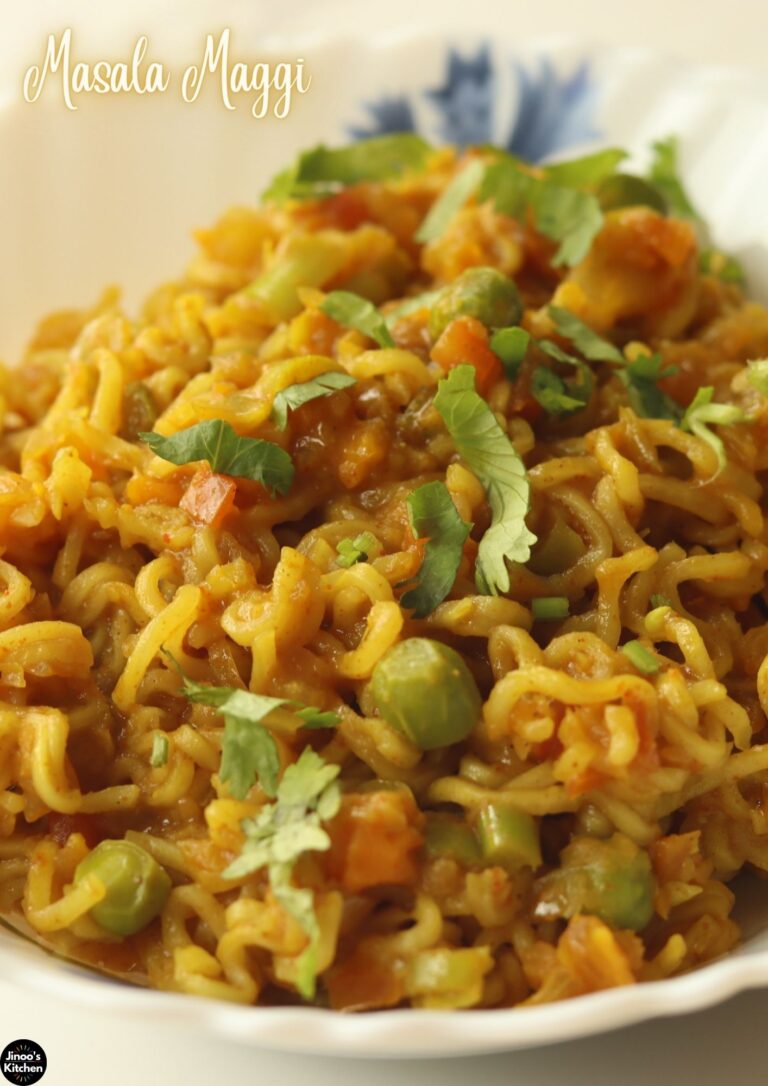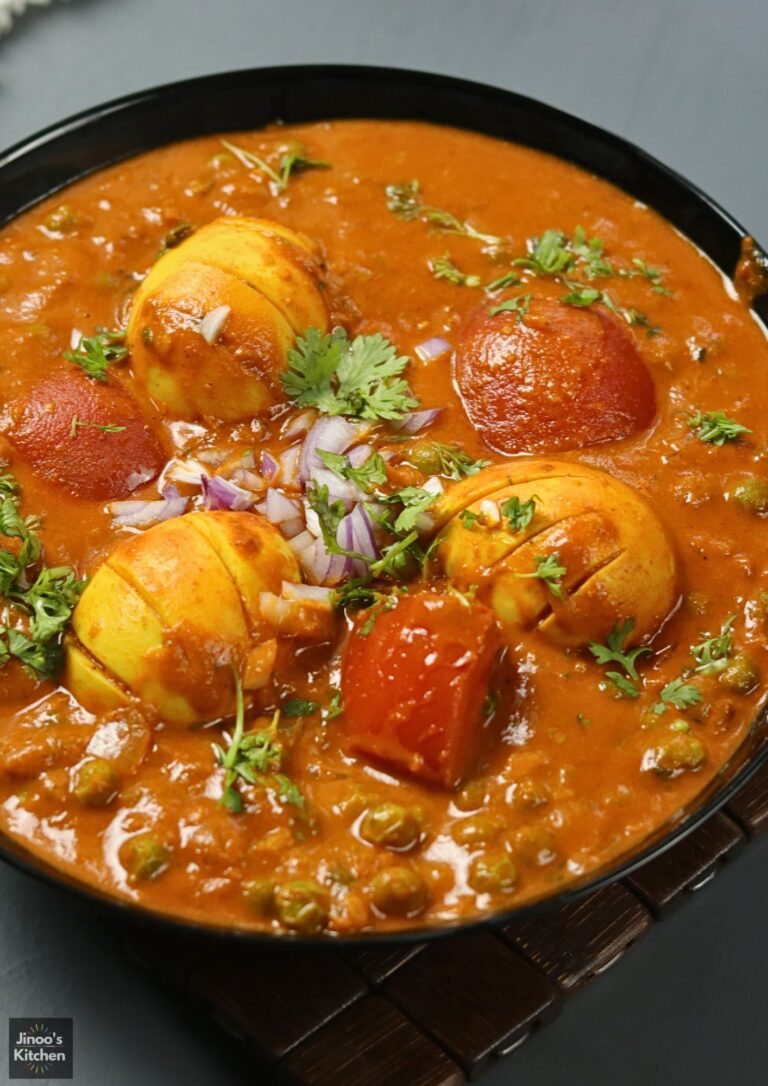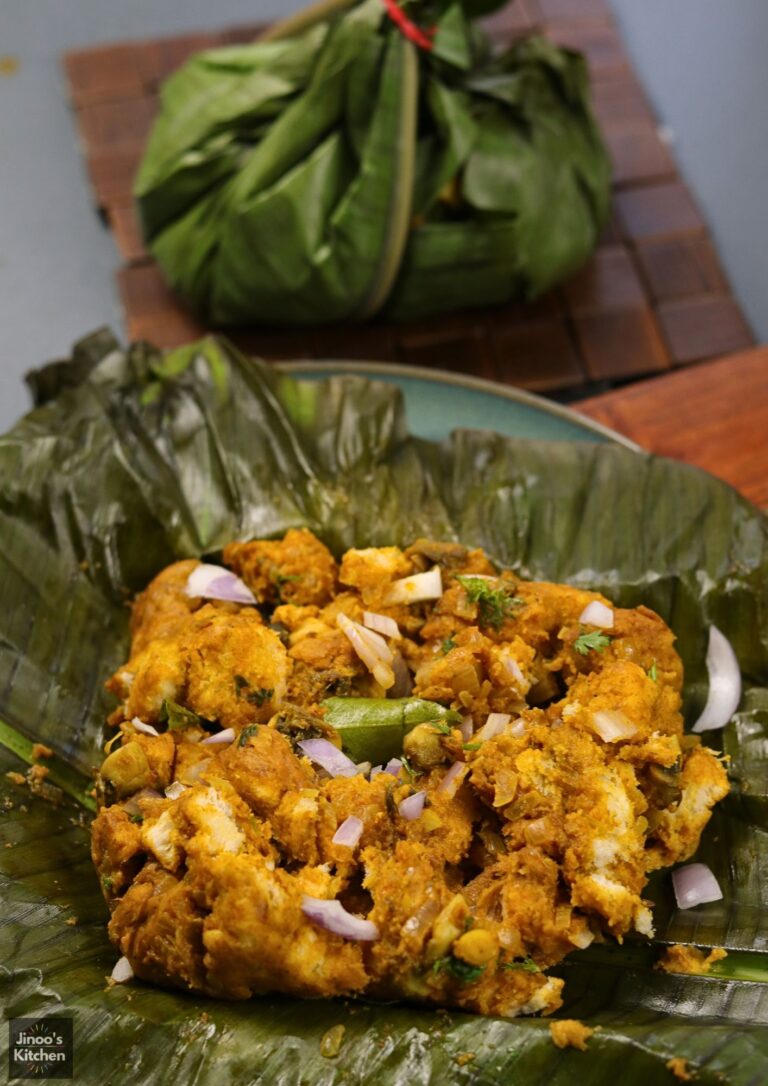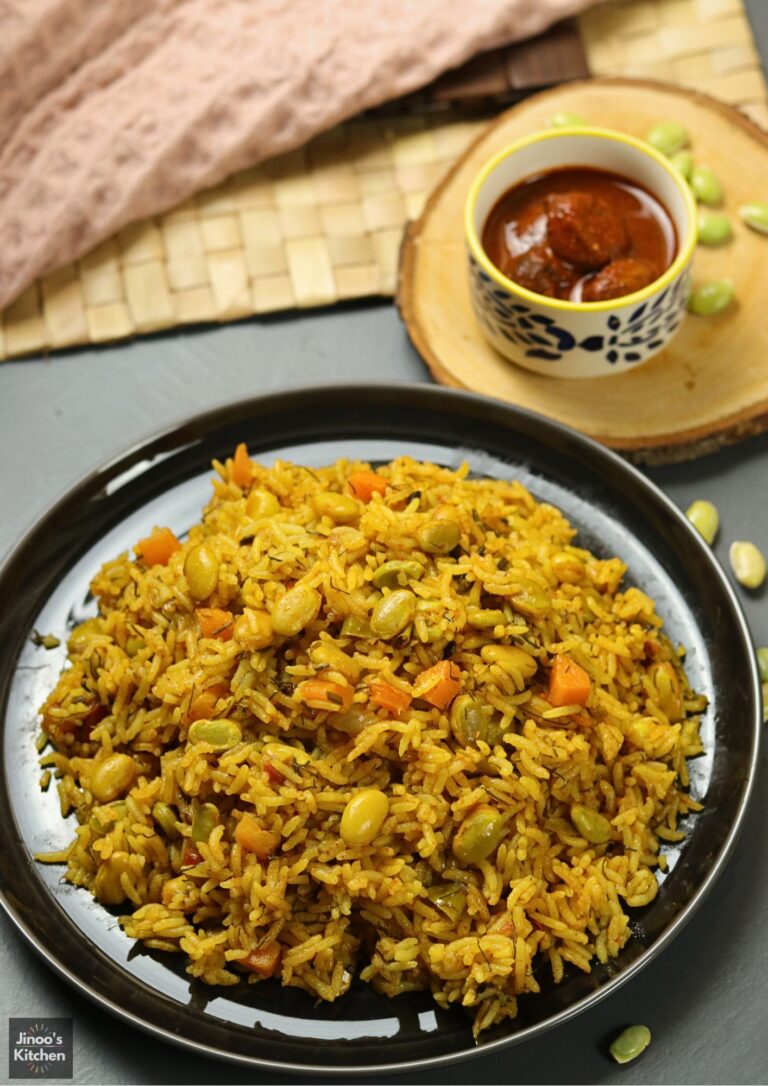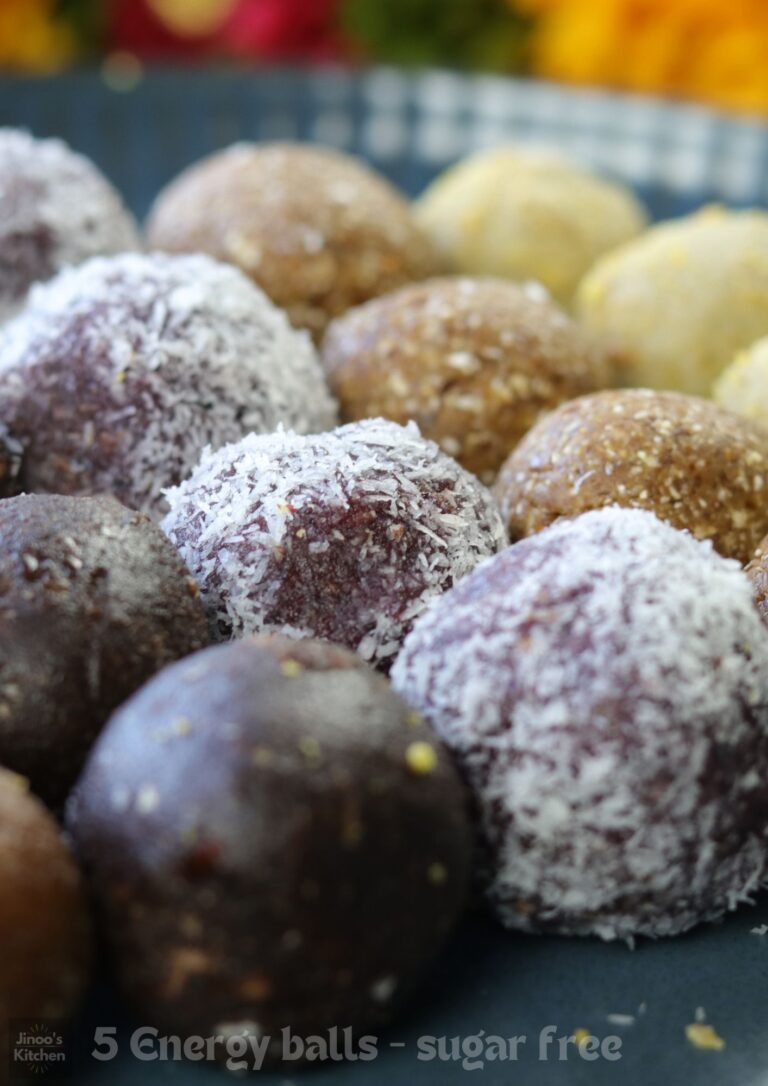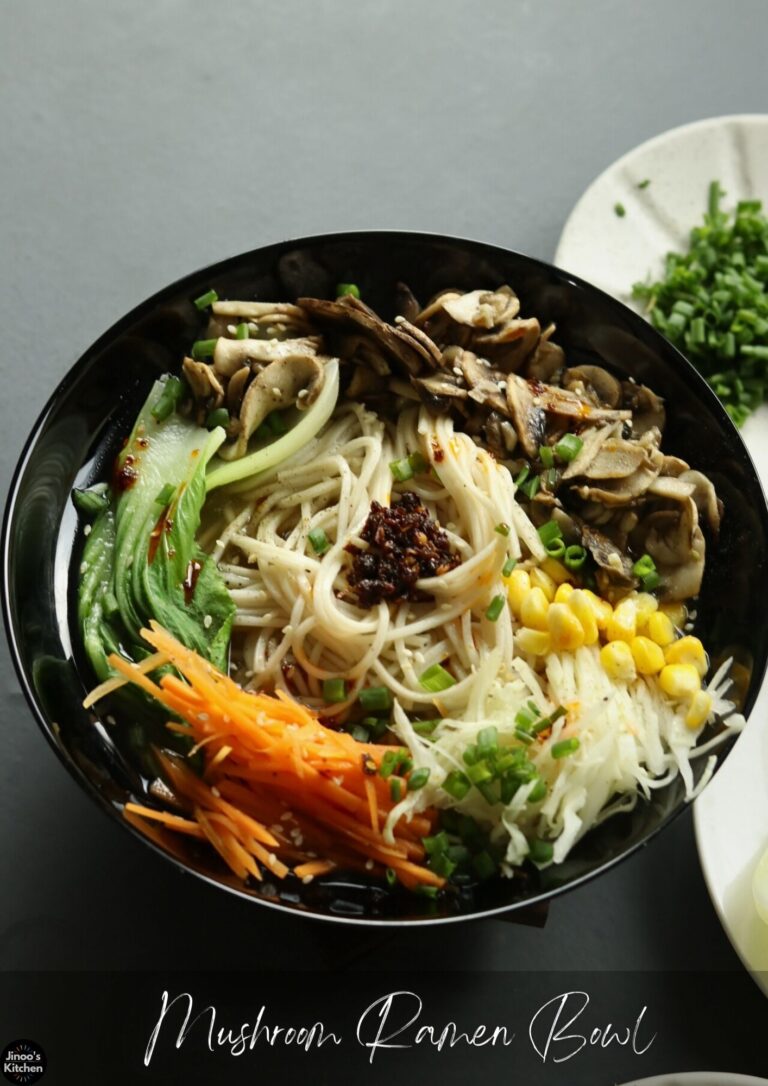Vishu recipes |Malayalam new year recipes
Vishu is a new year Hindu festival celebrated in Kerala, India. It is celebrated on the mark of the Malayalam New year. It is celebrated on the first day of the Malayalam month “Medam”.
Generally, it falls on the mid of April. The very speciality of the Vishu festival is the “Vishu Kani”. Now, what is Vishu Kani and how it is traditionally being set up is an elaborate topic to be discussed.
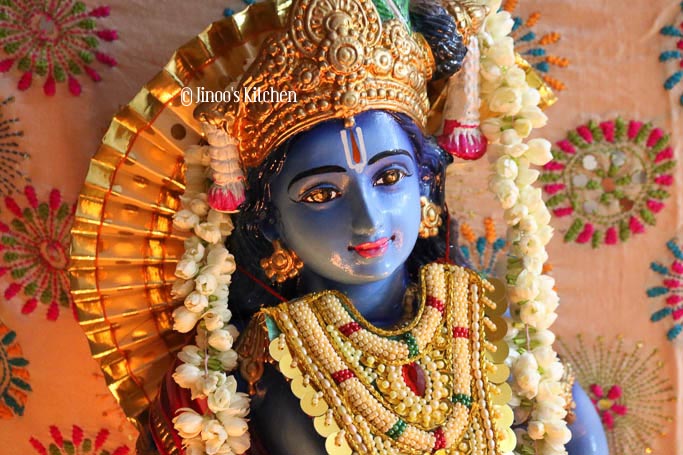
Vishu is also considered as the festival of harvest by the native people just like Pongal in Tamilnadu. “Kanikanal” – Kani meaning Fruits/vegetables and Kanal means “to see”. Kanikanal is to look at everything that’s auspicious, a pot full of pulses, lots of fruits, vegetables and flowers with Lord Krishna and val kannadi. The ideology is to begin the new year with lots of prosperity.

Having said why we set up the Vishu Kani, We will look into how it has to be set up and how it is being set up traditionally.
- On the previous day of Vishu, the Elderly woman of the house takes the pride of setting up the Kani ONLY after everybody in the house has slept.
- She gets all the fruits, vegetables, lentils, banana leaves, flowers that are needed for the kani kanal the previous day.
- Takes bath in the evening and starts cleaning the pooja room or any place where the Kani is kept. Obviously the auspicious place of the house and facing towards East.
- Things that are kept on the Kani –
- 5/7/9/12 fruits (Banana, Grapes, Pineapple, jackfruit, apple, mango, pomegranate, Raw mango, orange, mosambi, cucumber, lemon etc., are generally used)
- 1/3 vegetables (Tomato, sambar cucumber, Coconut, etc., are used)
- Coconut is cut into two and One part is filled with salt and another part is filled with mocha/cowpeas
- Money and coins
- Jewels
- Konnapoo/ Cassia fistula
- Mallipoo
- Val kannadi
- Mirror
- Lord Krishna Photo/idol
- Manjadikuru
- Diyas – 1/3/5
- pooja Chombu with water

- Things that are kept on the Kani –
- 5/7/9/12 fruits (Banana, Grapes, Pineapple, jackfruit, apple, mango, pomegranate, Raw mango, orange, mosambi, cucumber, lemon etc., are generally used)
- 1/3 vegetables (Tomato, sambar cucumber, Coconut, etc., are used)
- Coconut is cut into two and One part is filled with salt and another part is filled with mocha/cowpeas
- Betel leaf/paaku
- Kasavu saree/Mundu
- Thambula plates
- Banana leaves
- Money and coins
- Jewels
- Konnapoo/ Cassia fistula
- Mallipoo
- Val kannadi
- Mirror
- Lord Krishna Photo/idol
- Manjadikuru
- Diyas – 1/3/5
- pooja Chombu with water

Tips to store Konnapoo – Since we get the items before day, konnapoo is little difficult to be kept fresh. As it gets wilted easily and quickly. Having wilted flowers on kani is not auspicious. We pack it with plastic cover and dip the stem alone in a water glass. Keep it in the fridge door. It will stay good and as fresh for a day.
Place a banana leaf on the bottom and Pour rice/pulses in it and arrange all the fruits/vegetables/all the items listed above in the way that it can be easily seen in the mirror at one shot.
very Early in the morning, around 3-4 am, The elderly woman of the house wakes up one person at a time and closes his/her eyes and brings them to the Vishu kani and makes them sit on the floor. The person has to look at the mirror on the first sight where everything that is arranged is seen at one shot. He/she wipes off the eyes with water kept there and prays well for the health and prosperity.
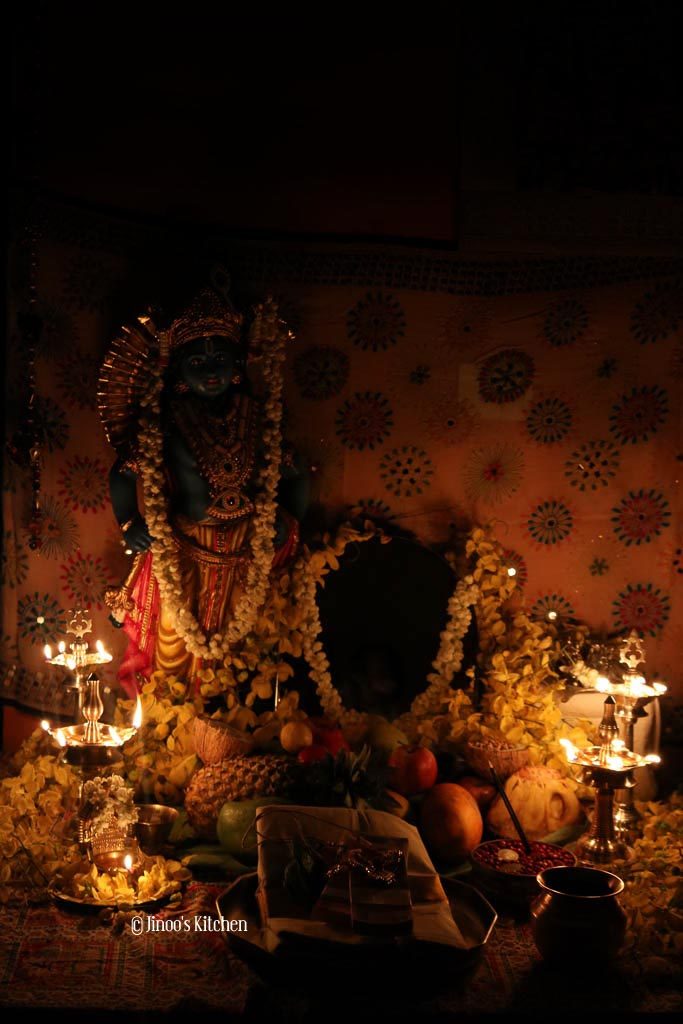
You are not supposed to sleep after that 🙂 which we generally do. Last but not least is the very important “Vishu Kaineetam” Where each and every elderly member of the family will bless the younger ones and give them money on the betel leaf and paaku. It is the time when all the little ones get excited to count on their collection.
Now, moving on to our section, recipes – Vishu recipes. A general sadhya is made for the lunch and apart from that Vishu katta/vishu kanji is made for the breakfast.
In some parts of Kerala, Vishu Katta is made. In some parts of Kerala Vishu Kanji (salty/sweet) is made. But practically, we cut the fruits and have it which itself makes the tummy full and generally we even skip the lunch.
Click the link below to find the sadhya vaibhavangal.

